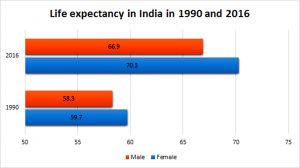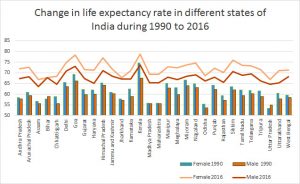This document takes the Delhi, India-based Digital Empowerment Foundation’s (DEF) Wireless for Communities (W4C) model as a case study to understand the legal and regulatory challenges of spectrum allocation and management, licensing regulation, and bandwidth issues in developing countries. The first section of this document maps out the common elements of these challenges among community network providers, while the next section addresses the policy, legal, licensing, and bandwidth problems in India. This document investigates the efficacy of creating wireless community networks (WCNs), Rural Internet service providers (RISPs), or Community-based Internet Service Providers (C-ISPs), and explores the possibility of policies, which could help in creating widespread information infrastructure for the country to better connect the subcontinent.
The binary Language to unbind digital literacy for illiterate
The paper is to illustrate a coming of age approach of imparting digital literacy to rural populations of the country, where traditional literacy is still lagging and where knowledge of English—a language that dominates the world of the Internet both in terms of technology and content—is rare or weak. New Delhi-based non-profit organization Digital Empowerment Foundation (DEF) has designed and developed START, a digital and media literacy learning curriculum and toolkit. This toolkit has been designed for first-generation technology users living in rural, remote and tribal parts of the country.
Assessing, evaluating and mapping risks involved in the informal e-Waste sector in India
The paper compares the recycling process of the informal sector with the formal sector. The paper also attempts to highlight the health and environmental issues created by the informal sector. At last, it attempts to identify a mechanism to regulate the informal sector and how it will create job opportunities if it is regulated and integrated with the formal sector. This study aims to fill this knowledge gap by presenting findings from discussions with informal sector workers, highlighting the elements for scaling up learnings and initiatives of formal-informal integration.
Change in life expectancy rate in India from 1990 to 2016
Change in life expectancy rate in India from 1990 to 2016
Life expectancy is the simplest way to understand the overall health outcome in a country. Increasing longevity shows the control over the longevity affecting factors such as disease or epidemic, it is the indicator of improved health facilities too. In 1990, the average life expectancy at birth in India was 59 years (male; 58.3 years and female; 59.7 years) which subsequently increase to 68.6 years in 2016, where male life expectancy was 66.9 years and 70.3 years for female.
However, a significant increase of 9.6 years have observed in the life expectancy of the country from 1990 to 2016, but life expectancy varied widely between the states of India. In 2016, the range was from 66.8 years in Uttar Pradesh to 78.7 years in Kerala for females and 63.6 years in Assam to 73.8 years in Kerala for males.
Figure above shows including Kerala, Goa, Himachal Pradesh, Sikkim and Delhi there are 12 states in which average life expectancy at birth was above 70 years in 2016. Kerala being an outperformer state since the beginning, the rate of life expectancy at Kerala was above 70 years even in 1990, where male life expectancy rate was 67.6 year and 74.5 years in female.
The average life expectancy of Uttar Pradesh and Odisha was lowest in 1990, Uttar Pradesh (65.7 years) even today unable to perform well and it is trilling in below levels with Assam (65.2 years) in life expectancy table.







